The Service Design Award is currently open for submission again. Submit your project for a chance to win and present at the Service Design Global Conference in Toronto this year.
Introduction
Our project Innovationsguiden aims to introduce and spread design thinking/service design as a means to develop smart and innovative services in the public sector. This is done by providing various forms of support to municipalities, county councils and regions to work with user-driven innovation in their development work. In a time when public services are under increasing strain it is more important than ever that we put our resources toward those services and activities that have the greatest impact.
Our client is a national members and employers’ organisation for local government in Sweden, with the vision to help develop the welfare system and its services. Although various models and innovation-supporting initiatives exist throughout the world, they saw a need to adapt them to a Swedish context and the existing structures of the public sector. Thus, Project X was initiated to support and reinvigorate the Swedish public sector in collaboration with citizens. Our members1 are municipalities, county councils and regions all over the
country, who in turn consist of a large variety of welfare and public service providers, with citizens as their users.
For our members, finding solutions is rarely the hardest part when developing services, but rather to solve the ''right'' problems. Our brief was thus to provide support to suit public organisations who wanted to strengthen their employees' innovation skills and, create new and better public services based on user needs. An important task was, therefore, to encourage trust in the process and help our members to develop and test solutions that create real value for the users. The support needed to encourage a more innovative culture and
lead to concrete results within a reasonable period of time. Any tools and support, therefore, needed to be
easily scalable and not involve excessive costs in the form of process support etc.


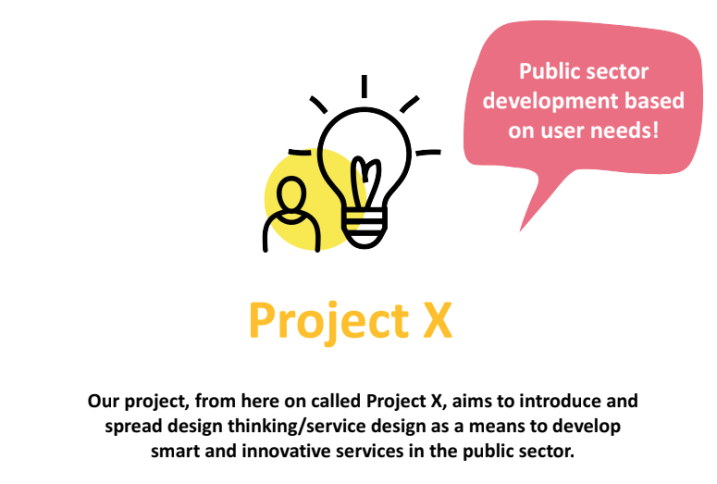
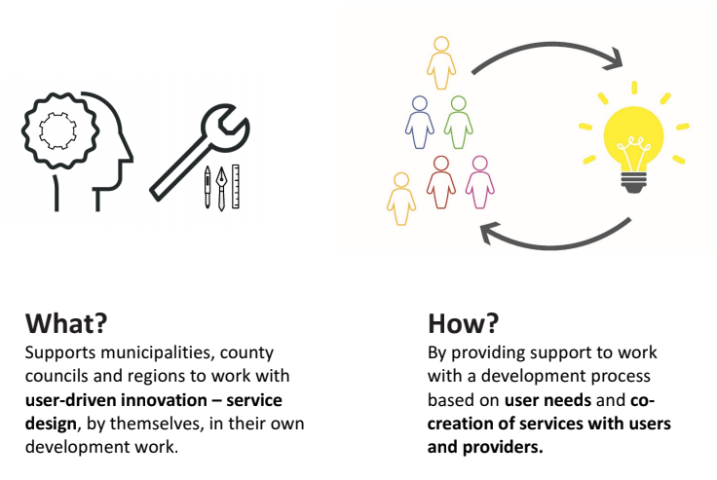
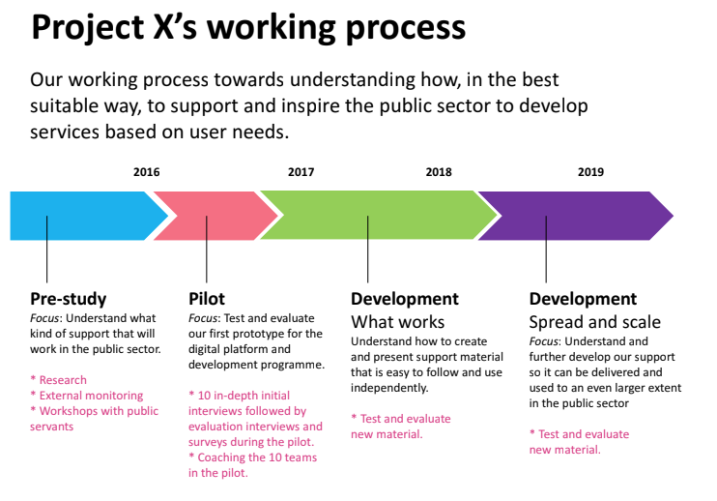
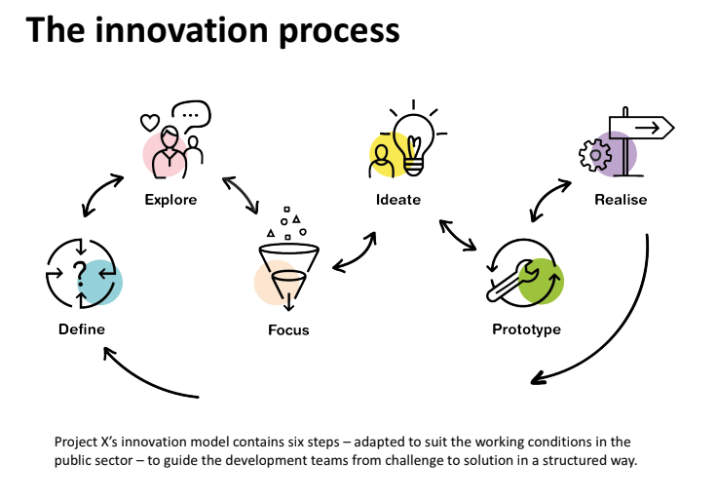
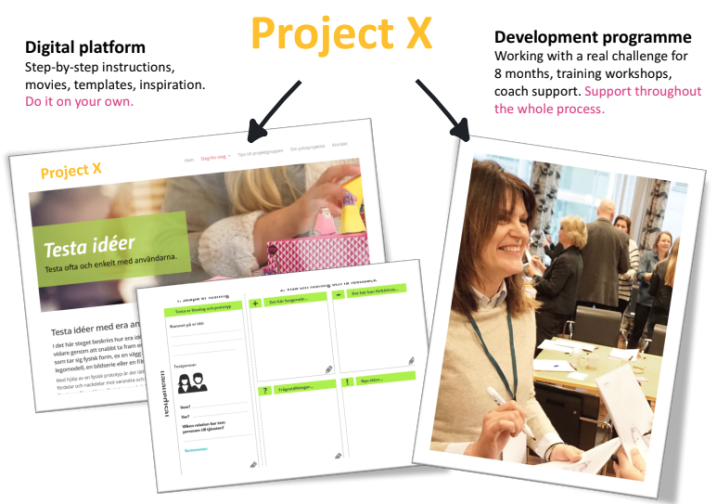
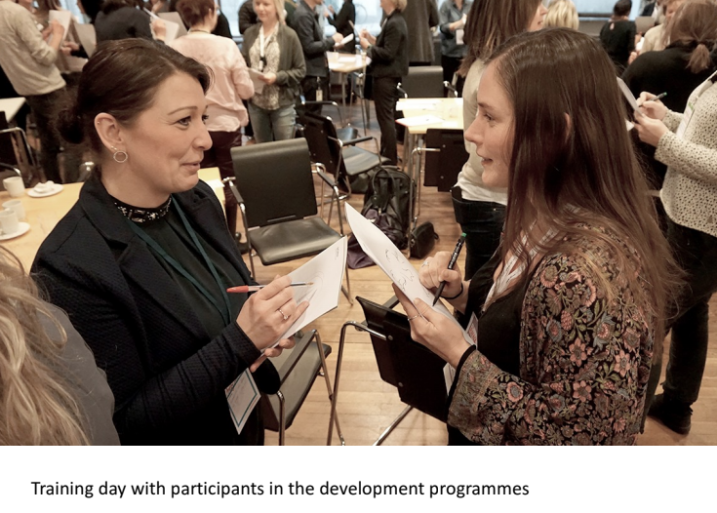
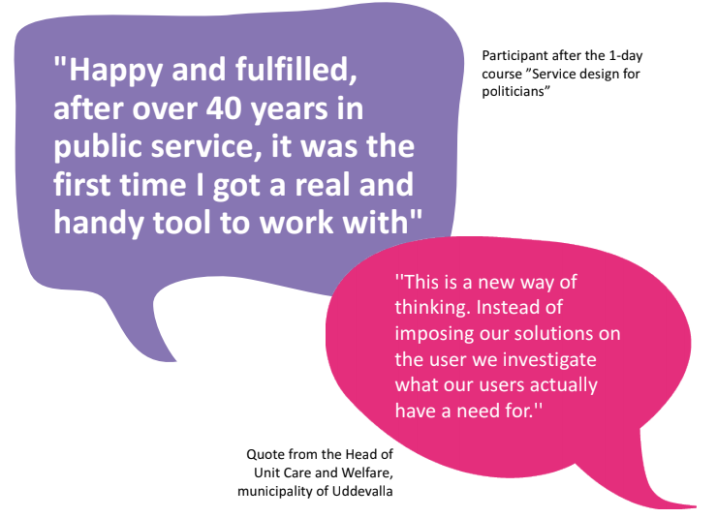
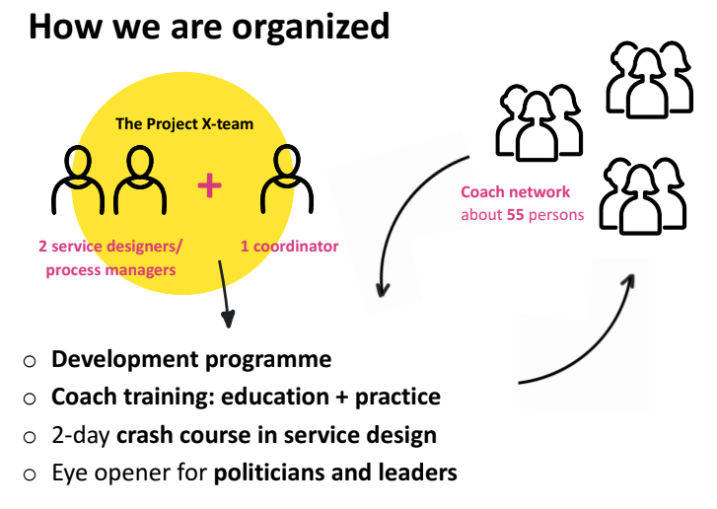
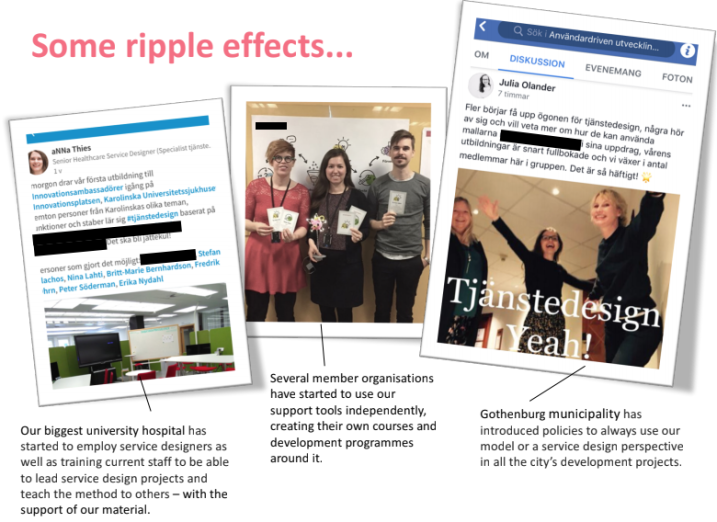





Share your thoughts
0 RepliesPlease login to comment